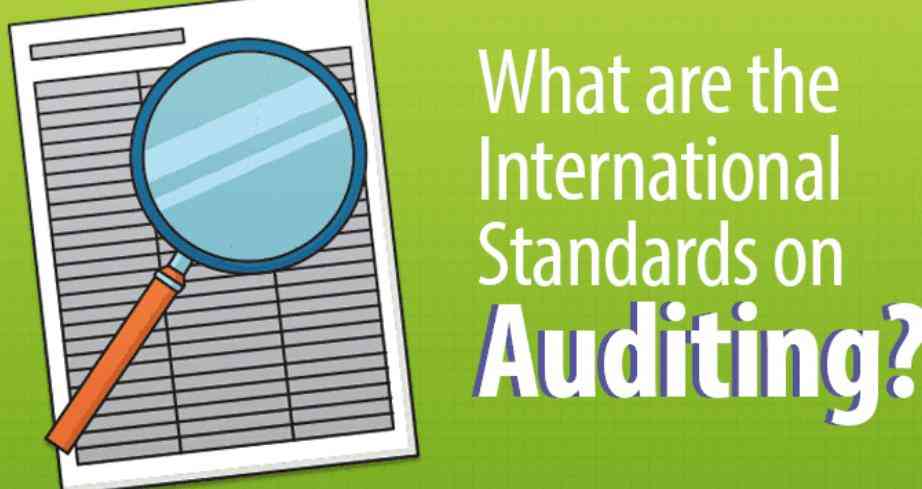|
STANDARD 12103-1
Third edition
Road vehicles — Test contaminants for
filter evaluation —
Part 1:
Arizona test dust
Véhicules routiers — Poussière pour l'essai des filtres —
Partie 1: Poussière d'essai d'Arizona
PROOF/ÉPREUVE
Reference number
ISO 12103-1:2023(E)
© ISO 2023
---------------------- Page: 1 ----------------------
ISO 12103-1:2023(E)
COPYRIGHT PROTECTED DOCUMENT
© ISO 2023
All rights reserved. Unless otherwise specified, or required in the context of its implementation, no part of this publication may
be reproduced or utilized otherwise in any form or by any means, electronic or mechanical, including photocopying, or posting on
the internet or an intranet, without prior written permission. Permission can be requested from either ISO at the address below
or ISO’s member body in the country of the requester.
ISO copyright office
CP 401 • Ch. de Blandonnet 8
CH-1214 Vernier, Geneva
Phone: +41 22 749 01 11
Email: [email protected]
Website: www.iso.org
Published in Switzerland
ii
PROOF/ÉPREUVE © ISO 2023 – All rights reserved
---------------------- Page: 2 ----------------------
ISO 12103-1:2023(E)
Contents Page
Foreword .iv
Introduction .v
1 Scope . 1
2 Normative references . 1
3 Terms and definitions . 1
4 Test dust description . 1
5 Test dust designation . 2
6 Particle size distribution .2
7 Chemical composition .2
7.1 Typical chemical content of ISO specified Arizona test dusts . 2
7.2 Chemical analysis methodology — X-ray fluorescence analysis (XRF) . 3
Annex A (normative) Analysis equipment and operating procedure . 4
Annex B (informative) History of Arizona test dust . 8
Annex C (informative) Handling and preparation .11
Bibliography .16
iii
© ISO 2023 – All rights reserved PROOF/ÉPREUVE
---------------------- Page: 3 ----------------------
ISO 12103-1:2023(E)
Foreword
ISO (the International Organization for Standardization) is a worldwide federation of national standards
bodies (ISO member bodies). The work of preparing International Standards is normally carried out
through ISO technical committees. Each member body interested in a subject for which a technical
committee has been established has the right to be represented on that committee. International
organizations, governmental and non-governmental, in liaison with ISO, also take part in the work.
ISO collaborates closely with the International Electrotechnical Commission (IEC) on all matters of
electrotechnical standardization.
The procedures used to develop this document and those intended for its further maintenance are
descr
...














